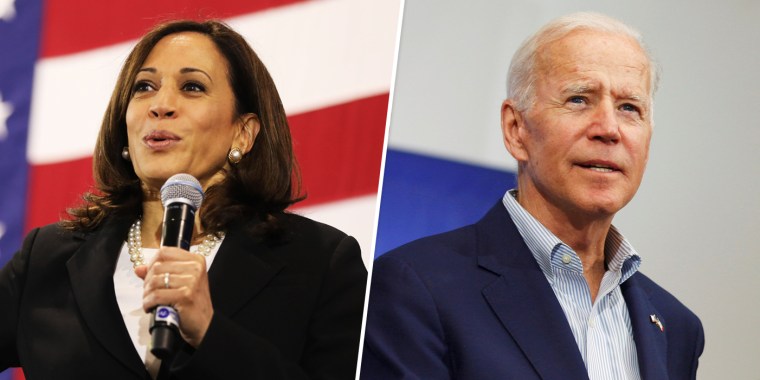 |
| Graphic from the article. Click to enlarge. |
Why the change of heart by liberals? Because today, state and local governments are flexing their muscles to block Trump's right-wing initiatives. A case in point: Trump's efforts to put the kibosh on "sanctuary cities" for undocumented immigrants are being effectively resisted by the affected states and cities themselves.
"Americans of every political stripe," Somin writes, "have much to gain from stronger enforcement of constitutional limits on federal authority. One-size-fits-all federal policies often work poorly in a highly diverse and ideologically polarized nation." This is because strong federalism, with political power duly exercised at all governmental levels, acts as a kind of ballast whenever polarization tries to yank us too far to the left or too far to the right.
President Franklin Roosevelt's New Deal moved us decidedly leftward toward bigger national government. But let's not forget that his first New Deal effort, the National Recovery Administration, was struck down by the U.S. Supreme Court, which unanimously declared that the NRA law was unconstitutional. This happened in 1935, within two years of its 1933 passage. The Supreme Court declared that it infringed the separation of powers under the United States Constitution. Then, when FDR in 1937 tried to pack the Supreme Court with extra pro-New Deal justices, the Senate defeated his bill.
Somin's viewpoint can accordingly be extended to lauding the checks and balances afforded by having three coequal branches of the national government, including not only the president but also the congress and the judiciary. Somin writes:
Many cities, plus a coalition of seven states led by New York, sued to challenge the new conditions linking [federal grants to the sanctuary cities] to immigration enforcement. At least a dozen federal trial court decisions and four appellate rulings have gone against the administration, while none have supported it. Only Congress, these decisions have affirmed, can impose such terms on grants given to states and towns.
Note also the importance to federalism of not just the Supreme Court but also the lower tiers of the federal judiciary, such as the trial and appellate courts.
The takeaway from all this is that there is a long history of federalism's ability to offset lurches to the political left or to the political right such as we're seeing every day in today's headlines and Twitter feeds. So much of the political rhetoric we hear today is proclaimed out of a sort of panic mode that bodes the end of the world as we know it. The lesson of Somin's benevolent history of American federalism, summarized in two words: Don't panic!



